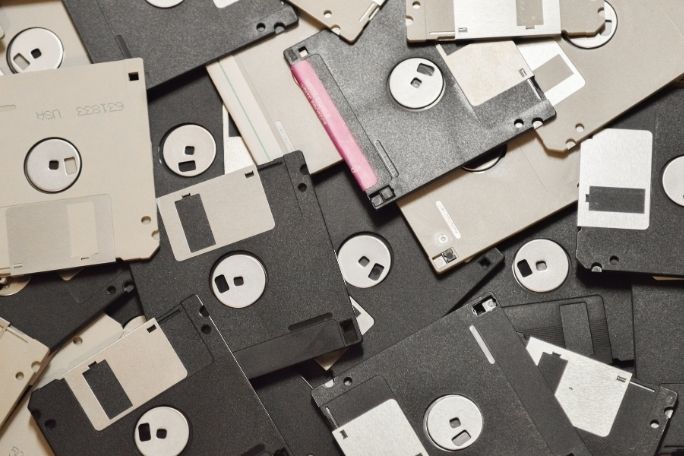Lesson summary
Students build an understanding of how our demand for products can lead to environmental, social and economical issues. They investigate the life cycle of some common products and discover that they can make better selections when purchasing new items.
Learning intentions:
Students will...
- develop an understanding of the concept of sustainability.
- recognise that they make choices that influence sustainability.
- discover that in order to work out if a produce is sustainable they need to investigate its entire life cycle (from extraction to disposal).
Lesson guides and printables
Lesson details
Curriculum mapping
Australian curriculum content description:
Year 3 Science:
- Science knowledge helps people to understand the effect of their actions (ACSHE051)
Year 4 Science:
- Living things have life cycles (ACSSU072)
- Natural and processed materials have a range of physical properties; These properties can influence their use (ACSSU074)
General capabilities: Ethical understanding, Critical and creative thinking
Syllabus Outcomes: ST2-11LW, ST2-10LW, ST2-13MW.
Time needed: 80 minutes
Level of teacher scaffolding: Medium
Resources required
- Cool Australia Student Worksheet, bring in everyday items for the students to research.
Additional info
This is an original Cool.org lesson. Facts and figures in these lessons may have changed since this lesson was published. We always endeavour to update our resources in a timely manner, but if you see an error or issue in our resources please get in touch with us.


Welcome back!
Don't have an account yet?
Log in with:
By signing up to Cool.org you consent and agree to Cool's privacy policy to
store, manage and process your personal information. To read more, please see
our privacy policy here(Opens in new tab).
Create your free Cool.org account.
Many of our resources are free, with an option to upgrade to Cool+ for premium content.
Already have an account?
Sign up with:
By signing up to Cool.org you consent and agree to Cool's privacy policy to
store, manage and process your personal information. To read more, please see
our privacy policy here(Opens in new tab).